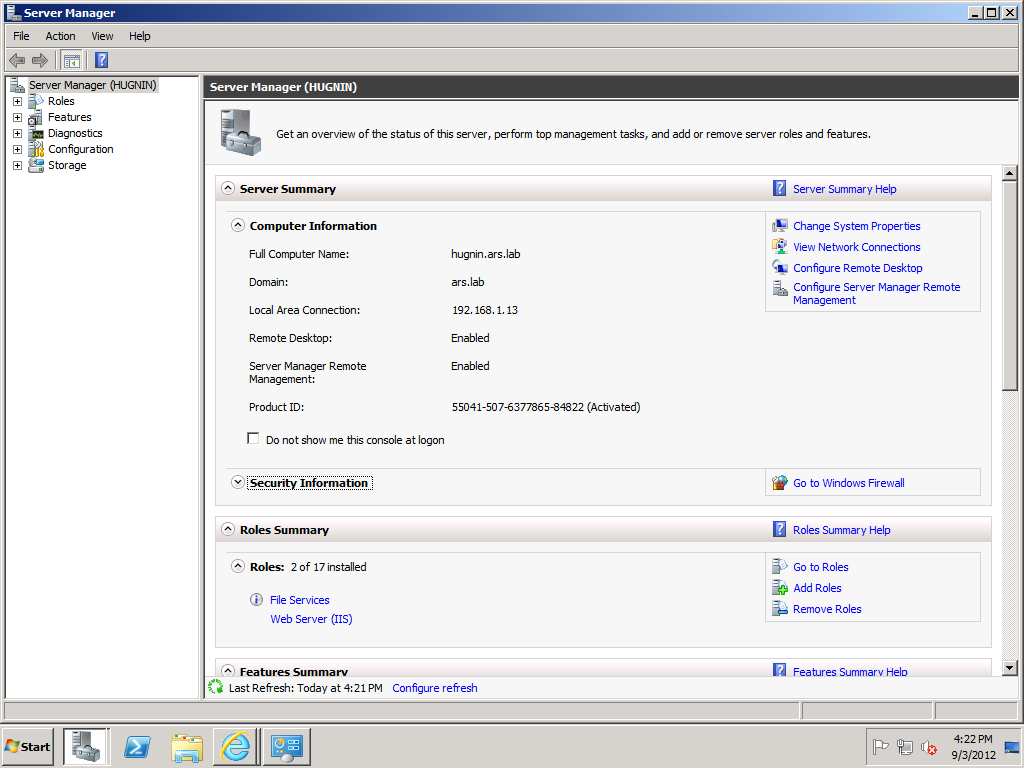
Changes to core identity information can lock users out while giving hackers free reign of enterprise data, creating widespread compromise in the system.Ī denial-of-service (DoS) attack doesn’t involve unauthorized access but can cripple an enterprise by shutting down legitimate users’ ability to access the LDAP service. In practice, this could allow hackers to access anything within the database, including user identities. When user-submitted data isn’t properly sanitized, it’s possible for hackers to not only gain access to the LDAP database but also modify information within the LDAP tree. LDAP injection attacks, similar to SQL injection attacks, involve entering malicious code into fields with the intention of exploiting vulnerabilities in the protocol. Hackers may use various types of attacks to undermine LDAP protocols.

Any action allowing an unauthorized third party to access stored data has the potential to compromise thousands of stored records, including user identities, and can render a previously reliable security protocol worthless before the attack is discovered and stopped. Insider threats are still one of the most common issues facing today’s enterprises, particularly poor password management and phishing attacks. LDAP Security Concerns to AddressĪll authentication methods are subject to the risk of unauthorized access. Enterprises wishing to use LDAP as a secure authentication method in their IAM protocols can save time, money and maintenance costs by choosing cloud-based LDAP but need to consider and compensate for additional security issues associated with cloud migration. Cloud-based LDAP, or LDAP-as-a-Service, requires no onsite server hardware and is scalable to the needs of individual businesses. LDAP infrastructure may be housed on the premises of an enterprise or in the cloud. If credentials don’t match, authentication doesn’t take place, and users are prevented from interacting with requested data, thus preserving the integrity of the system.

Authenticated credentials grant access to information. Credentials are compared to the core identities stored in the LDAP database, and authentication occurs if there’s a match.


When users need to access information within a database, they input their credentials and wait for validation. LDAP servers can store usernames, passwords, attributes and permissions and are often employed to house core user identities for the purpose of IAM. User authentication with LDAP works on the basis of a client-server model, in which the client is the system requesting access to information and the server is the LDAP server itself.


 0 kommentar(er)
0 kommentar(er)
